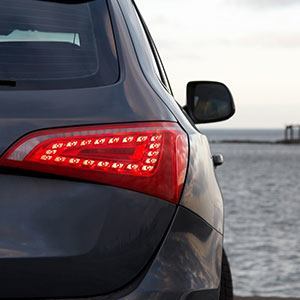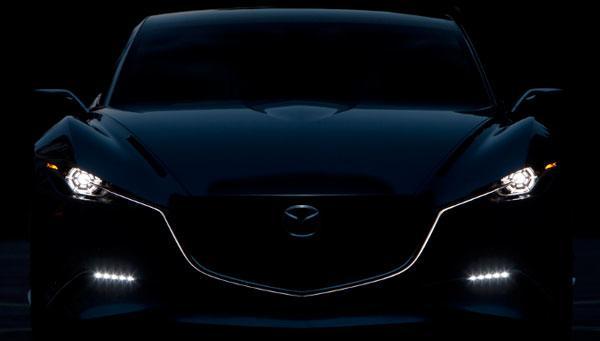
This year, the Nobel Prize in Physics has gone to researchers Isamu Akasaki, Hiroshi Amano and Shuji Nakamura, who invented the blue LED back in the 1990’s.
Blue LEDs were long sought after as a means of creating white light, by combining them with existing red and green LEDs.
With the creation of a commercially viable blue LED, Nakamura and his colleagues opened the door to adjustable colour displays powered by LEDs, as well as bright, efficient and energy-saving LED lamps which could be used in homes and in the headlights of your car.

Holonyak Left in the Dark?
But ironically, the man who brought LEDs into the world in the first place has barely been given a look-in by the Nobel Committee. Professor Nick Holonyak created the world’s first visible-spectrum LED back in 1962, and since then LEDs have been a cheap and efficient way of creating lighting displays for a huge plethora of different appliances; domestic, commercial and military.
If you’ve still got a clock radio with a glowing red display, you can thank Professor Holonyak that it exists.
Why Take a Shine to Them?
So why has Holonyak been passed over for decades while the Japanese researchers have been awarded the prize? Some would argue that the prize represents their commitment to creating a solution that could unlock the full potential of the LED, as well as the impact that their innovation will have across the world.

It’s predicted that LED lamps could revolutionise lighting for communities around the world who do not have access to national power grids – because they use less power, these lights could run off cheap solar panels.
Nevertheless, it’s certain that their invention would not exist had it not been for Holonyak’s research into semiconductors during his career at General Electric in the 1950s and 60s.
What do you think? Should the Nobel Committee be celebrating Professor Holonyak’s invention too? Let us know in the comment section below.
We have a selection of LED Lights available online for the car , home and hand-held plus LED Strips.
